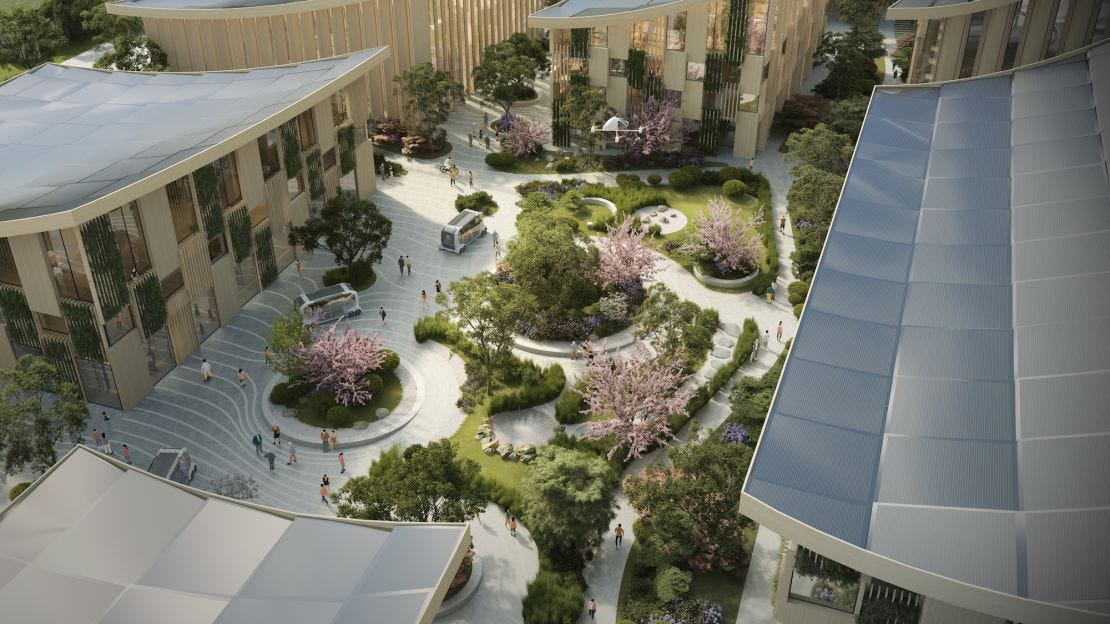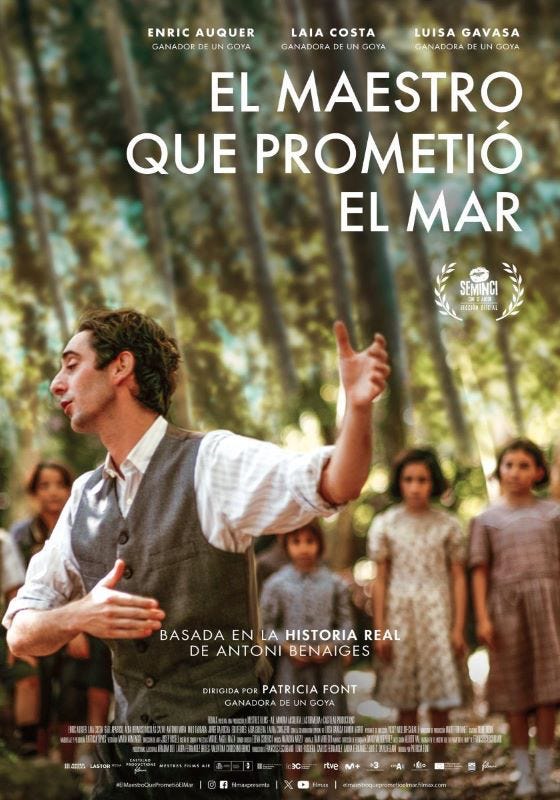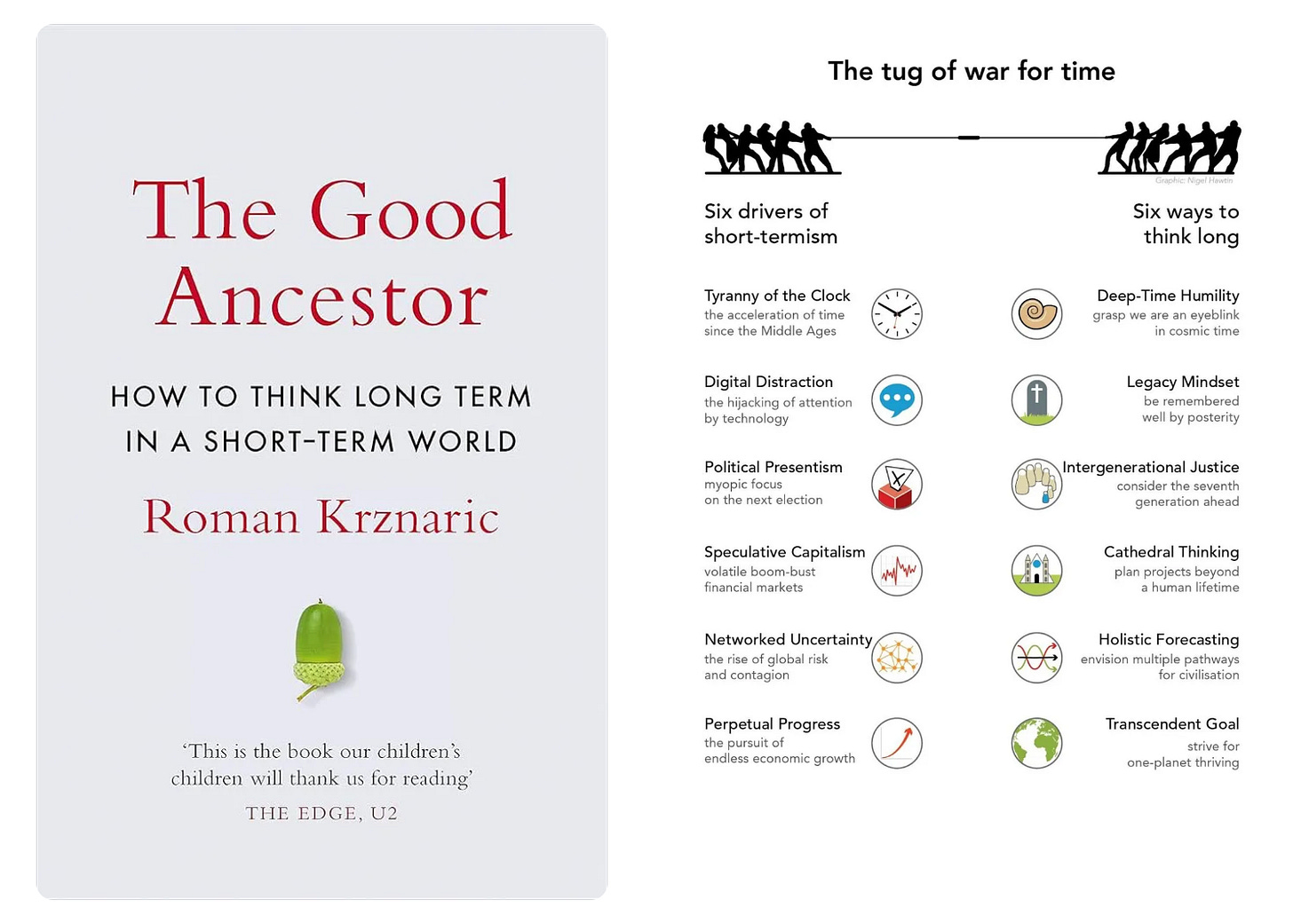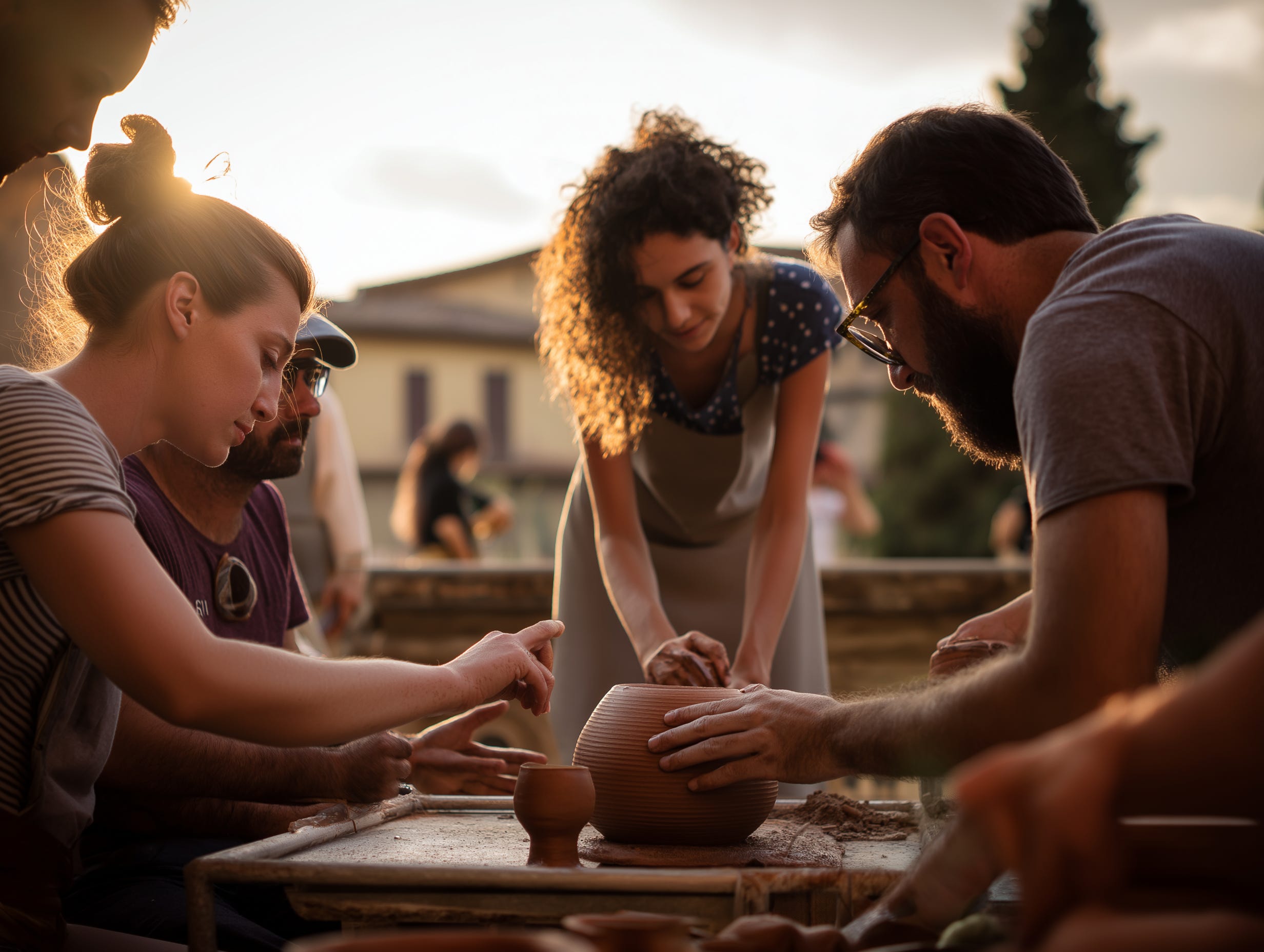Dear fellow explorers of origins,
Welcome back to our weekly newsletter. Last week I had to skip an issue, as traveling to South Korea and helping organize the Gaudi Hackathon in Seoul made for a hectic but incredibly rewarding few weeks. The energy and creativity at the hackathon were truly inspiring, with participants from across Asia coming together to collaborate on innovative solutions.
I'm writing this from a very hot and humid Tokyo, which has inspired me greatly this week. Japan is a country of fascinating contrasts that never forgets its roots- they're present everywhere you look, from ancient temples nestled between skyscrapers to traditional crafts being practiced alongside cutting-edge technology. The seamless blend of historical reverence and future-focused innovation creates a unique cultural tapestry that feels both timeless and constantly evolving. I'm absolutely loving my time here and can't wait to see how several of our projects, influenced by these cultural insights and inspirations, unfold in the coming months.

🟡 ORIGINS – Cultural Forecast
This Week’s Signal: The Future of Urban Living

Toyota's Woven City at Mount Fuji's base represents the future of urban living while honoring Japanese heritage. This "living laboratory" integrates AI, robotics, and hydrogen energy within a design inspired by traditional Japanese principles.
The city features nature-inspired urbanism with layouts echoing traditional village planning and extensive native landscaping. Traditional woodworking techniques blend with modular construction, while the concept of "wa" (harmony) guides community spaces that encourage intergenerational interaction.
Homes balance technology with cultural sensitivity, using natural materials and adaptable spaces despite advanced sensors and robotics. Transportation remains human-scaled with pedestrian-first pathways preserving the intimate feel of traditional Japanese streets.
Through hydrogen energy initiatives and thoughtful design, Woven City demonstrates how modern urban development can respect cultural origins while embracing technological innovation.
Sofy’s Take
Toyota's Woven City represents an innovative approach to urban development that resonates deeply with me. While touring Tokyo this week, I've been struck by how they balance technological advancement with cultural preservation- a harmony visible in everything from ancient temples nestled among skyscrapers to traditional craftsmanship thriving alongside cutting-edge robotics. Woven City takes this balance to a new level, showing us that future cities don't have to sacrifice heritage for innovation, they can thoughtfully integrate both. This "living laboratory" demonstrates how urban planning can honor historical context while embracing tomorrow's solutions, creating spaces that feel both familiar and forward-looking. What impresses me most is how Toyota has recognized that true progress doesn't mean abandoning our roots, but rather drawing strength and inspiration from them as we build toward the future.
I'm very curious to see if this city-wide experiment will succeed and whether it will finally provide us with one possible answer to how future cities could look.
Reflect
How might we integrate cultural heritage into our modern innovations? In your own work or industry, how do you balance honoring origins with pushing boundaries?
Read more on this:
🔵 DESIGN – Tools, Principles, and Those Who Practice Them
Principle of the Week
🧭 “Inquiry-based, inclusive design”
What it means: A prominent principle emerging in Japan, it is seen in education (reference) and urban planning (like Woven City). This approach prioritizes adaptability, cross-disciplinary problem-solving, and the creation of environments where diverse users can thrive. It’s gaining traction as a foundation for both regenerative and human-centered systems, especially as AI tools enable broader participation and customization.
Spotlight
❤️🩹 Company: GemGem Therapeutics

During my recent visit to South Korea, I had the opportunity to see GemGem Therapeutics pitch at the US Embassy's event in collaboration with Nuleep, Google for Entrepreneurs, and the Academy for Women Entrepreneurs (AWE). This Korean startup exemplifies inquiry-based, inclusive design through their AI-powered rehabilitation solutions for children with disabilities.
Their GemGem400 platform uses motion recognition to analyze hand movements and deliver personalized game-based therapy. Unlike traditional solutions, it requires no special equipment, just mobile devices, making rehabilitation affordable and accessible.
The platform personalizes therapy based on real-time data, encouraging active participation while removing financial and geographical barriers. Clinical studies confirm it matches conventional therapy effectiveness at significantly lower cost, allowing for more frequent sessions.
GemGem Therapeutics exemplifies how technology, empathy, and inclusive design can create meaningful, scalable solutions for global health challenges.
🟠 HUMANISM – getting inspiration from history and culture
📺 What I am watching- "El maestro que prometió el mar" (Spanish with English Subtitles)

Last week, before my trip to Asia, I watched "El maestro que prometió el mar" (The Teacher Who Promised the Sea) and was deeply moved. Patricia Font's acclaimed film, with over 270,000 viewers and five Goya nominations, powerfully illustrates education's transformative potential.
Antoni Benaiges embodied true educational humanism in 1930s Spain. This teacher implemented Freinet pedagogy (unknown to me before the movie), placing children at the center of learning by buying a printing press and organizing student-led assemblies, creating a democratic environment that valued each child's voice.
Enric Auquer's portrayal captures Benaiges' powerful philosophy that "children must be allowed to be children"- recognizing their inherent dignity rather than treating them as incomplete adults requiring control.
The film shows how innovative education nurtures humanity itself. Through collaborative projects like handmade journals and "El mar" booklet (where children imagined an ocean they'd never seen), students discovered their voices and expanded their horizons beyond their mountain village.
This story remains relevant today by showing that educational innovation is fundamentally about respecting human dignity. In our era of standardized testing, Benaiges reminds us that education should liberate rather than constrain, inspire rather than indoctrinate.
The dual timeline connecting past and present through Ariadna's search for her grandfather highlights how educational philosophies echo through generations, while the forces that silenced Benaiges continue to threaten educational freedom today.
Reflecting on this film in Tokyo, I'm struck by how innovative education transcends borders and eras. The core principles remain: respect for children's humanity, belief in their capabilities, and commitment to fostering curiosity and creativity.
💡 Why it matters: "El maestro que prometió el mar" isn't just a historical drama, it's a timely reminder that education shapes not just individual lives but our collective future. In an era when educational approaches are increasingly contested political territory, Benaiges' story challenges us to consider what truly matters: creating learning environments that honor human dignity, foster critical thinking, and expand possibilities rather than limiting them. His unfulfilled promise to show his students the sea stands as both a tragedy and an inspiration, reminding us that while some dreams may be deferred by circumstance, the impact of a truly humanistic education ripples outward in ways we may never fully comprehend.
📚 What I'm reading/Listening To: "The Good Ancestor" by Roman Krznaric

In "The Good Ancestor," Roman Krznaric explores how we can think long-term in a short-term world. The book outlines six ways to expand our time horizons to address long-term challenges like climate change and technological risk. Krznaric argues that we need to develop "cathedral thinking" - planning projects that will outlive us - and embrace a "transcendent goal" that connects us to future generations. While navigating Tokyo's blend of ancient and ultramodern, I've been reflecting on Krznaric's concept of "deep-time humility", recognizing we are just a small link in a much longer human story. The book offers practical frameworks for becoming better ancestors to the future citizens of our planet.

🟢 SUSTAINABILITY – What’s Moving
🌏 AI & nature-based futures
Scientists unveil an AI model that maps Earth’s remaining intact ecosystems with unprecedented precision. By analyzing satellite imagery, the tool identifies biodiversity corridors and prioritizes areas for protection. It merges remote sensing with conservation ethics to support holistic rewilding strategies.
→ A foundational model for Earth's system
🛠️ Tool or Practice of the Week
Try this:
Flexible, Inquiry-Based Origins Exploration Challenge
Set aside 30 minutes to explore something that feels unbuilt in your life — a curiosity, a tension, a dream. Use the Designing from the Origins workbook to guide you. No need to plan the outcome. Just follow where the question leads. Sometimes the most powerful answers begin not with knowing, but with remembering.
🗓️Interesting Events
🏙️ Sou Fujimoto: Futures of the Future – Special Exhibition
📍 Mori Art Museum, Tokyo | 🗓 Until Sept 2025
Sou Fujimoto’s latest solo exhibition explores how architecture can reimagine the relationship between cities, nature, and people. Featuring speculative designs, material experiments, and urban visions that challenge conventional boundaries, the show invites you to ask: what kind of future do we actually want to live in, and how do we design it into existence?
🌌 Tokyo’s Noctourism Movement
📍 Tokyo, Japan | 🗓 Ongoing
In a new initiative backed by Tokyo’s metropolitan government, the city is turning to "noctourism", a strategic push to design more vibrant, creative, and economically resilient nighttime experiences. From late-night museums and AI-curated alleyway tours to community-based food spots, Tokyo is using the night not just as time, but as untapped urban opportunity.
This isn’t just tourism, it’s a systems-level shift in how cities can work 24/7 without burning out their ecosystems.
If this sparked something, forward it to someone rethinking how we design, live, or build.
🌀 Join the conversation
💬 Tell me what stood out,
Until next week,
—




